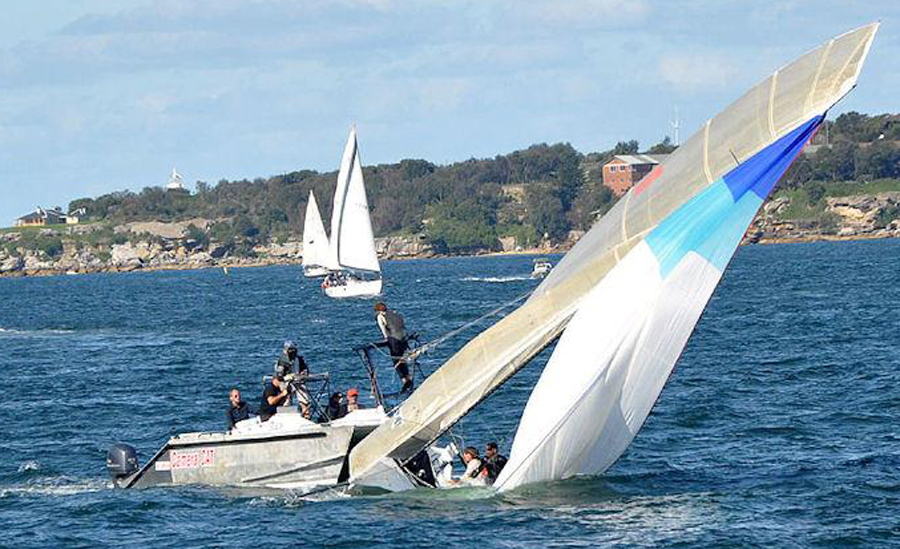Collisions between boats are one of the most dangerous and frequently occurring mishaps on our waters. Collisions not only result in vessel damage, but often cause serious personal injury and death. For the casual, recreational boater, the “rules of the road” are often difficult to understand and remember, so let’s boil them down to some basic concepts to help you steer clear of trouble.
Whenever two boats try to occupy the same water at the same time, a right of way situation exists and one boat is obligated to give way to the other. Here’s who has the right of way:
• Passing – When any boat is passing any other boat, the boat being passed has the right of way.
• Crossing – When motor boats paths cross, the boat on the other’s right has the right of way.
• Head On – When two motor boats approach each other head on, both boats turn to the right and pass each other port to port.
• Motor vs. Sail – A sailboat that is sailing generally has the right of way over motorboats. But if the sailboat is running its engine it is considered a motorboat, even if the sails are up, and is treated like any other motorboat.
• Ships, towing vessels, vessels with restricted mobility and large commercial vessels all have the right of way in almost any situation. As a general rule of thumb, if it’s a lot bigger than you are, get out of its way.
Use Common Sense – Having the right of way is a poor excuse for having a collision. Whether you’re in the right or not, if the other boat is not taking appropriate action then it’s your duty to change speed or course to avoid a collision. Your alterations in course to avoid a collision should be made obvious enough so that the other skipper can see what you are doing. Advertise your intentions or, as we say in Massachusetts, “Use your blinka!”
